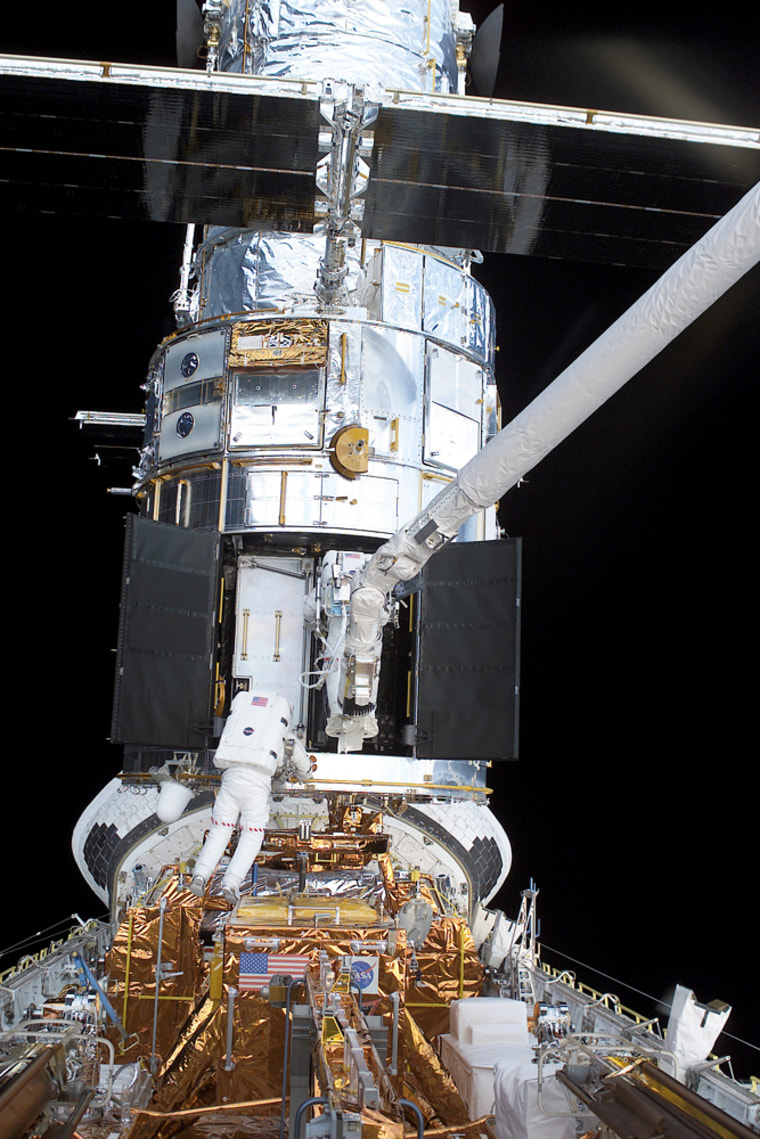The Hubble Space Telescope's main camera could be back on line July 3 without any loss of performance, the space agency announced Tuesday.
A NASA board will meet Thursday at the Goddard Space Flight Center to determine how to deal with power problems that have shut down the Advanced Camera for Surveys. Engineers "anticipate instrument observations will resume no earlier than July 3, with no degradation to performance," the NASA statement said.
Ed Ruitberg, deputy associate director of the Astrophysics Division at Goddard, said NASA engineers believe they are "very close to fully understanding the issue experienced with the camera and we are going to resolve it."
"However, before we proceed with any actions, we want to have a review board meeting to assess both the troubleshooting and the proposed solution," Ruitberg said.
Ground controllers received indications June 19 that voltage readings on the camera's power supply were outside of their acceptable range, causing the camera to shut down. The camera was taken off line while the problem is being studied, although other instruments on board the orbiting observatory continue to function.
NASA officials have said a bad transistor may be responsible for the voltage problems.
The Advanced Camera for Surveys, installed during a March 2002 servicing mission, increased Hubble's vision 10 times and has given the clearest pictures yet of galaxies forming in the very early universe.
The so-called third-generation instrument consists of three electronic cameras, filters and dispersers that detect light from the ultraviolet to the near infrared. The instrument was developed jointly by Goddard, Johns Hopkins University, Ball Aerospace in Boulder, Colo., and the Baltimore-based Space Telescope Science Institute, which coordinates use of the orbiting observatory.
